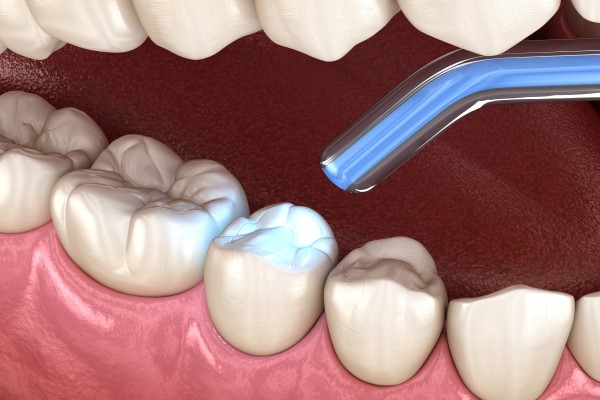Dental Composite Fillings: A Natural and Effective Solution for Tooth Restoration

Introduction: Dental composite fillings have revolutionized the field of restorative dentistry, offering patients a natural-looking and durable option for repairing decayed or damaged teeth. In this blog post, we will explore the world of dental composite fillings, discussing their composition, benefits, and the process involved in placing these tooth-colored restorations.
Section 1: Understanding Dental Composite Fillings
- Definition: Dental composite fillings, also known as tooth-colored or white fillings, are made from a mixture of resin and fine particles of glass or ceramic. This material closely resembles the natural color and texture of teeth, making it an aesthetically pleasing choice.
- Advantages: Unlike traditional metal amalgam fillings, composite fillings offer a more discreet and natural appearance. They are also versatile, durable, and can be bonded directly to the tooth structure, providing added support.
Section 2: The Dental Composite Filling Procedure
- Diagnosis and Treatment Planning: The dentist performs a thorough examination, using X-rays to detect the extent of decay or damage and determine the need for a composite filling.
- Anesthesia and Isolation: Local anesthesia is administered to ensure a comfortable procedure. The tooth is isolated using a rubber dam or other isolation techniques to keep it dry during the filling placement.
- Decay Removal and Tooth Preparation: The dentist removes the decayed or damaged portion of the tooth and prepares it for the filling by cleaning and shaping the cavity.
- Composite Material Placement: The tooth-colored composite resin material is applied in layers, shaped to match the natural contours of the tooth, and cured with a special light to harden it.
- Finishing and Polishing: Once the filling is hardened, the dentist trims and shapes it further to achieve proper occlusion and a seamless blend with the surrounding tooth structure. Finally, the filling is polished for a smooth and natural appearance.
Section 3: Benefits of Dental Composite Fillings
- Aesthetic Appeal: Dental composite fillings closely match the natural color and translucency of teeth, providing a virtually invisible restoration that blends seamlessly with your smile.
- Versatility: Composite fillings can be used to repair both front and back teeth, addressing various types of decay or damage.
- Bonding and Support: Composite fillings are bonded directly to the tooth structure, creating a strong and durable restoration that helps support the remaining tooth.
- Preservation of Tooth Structure: Composite fillings require less removal of healthy tooth structure compared to amalgam fillings, preserving the natural tooth.
Section 4: Caring for Dental Composite Fillings
- Good Oral Hygiene: Brushing twice a day, flossing daily, and regular dental check-ups are essential for maintaining the longevity and health of composite fillings.
- Avoiding Staining Substances: Limiting or avoiding substances that may stain the filling, such as tobacco, coffee, tea, and red wine, can help preserve its natural appearance.
- Regular Dental Examinations: Routine dental visits allow your dentist to monitor the condition of the composite fillings and address any concerns or potential issues.
Conclusion: Dental composite fillings offer patients a natural-looking, durable, and effective solution for restoring decayed or damaged teeth. With their aesthetic appeal, versatility, and ability to preserve tooth structure, composite fillings have become a popular choice in modern dentistry. If you require tooth restoration, consult with your dentist to determine if dental composite fillings are the right option for you, and enjoy the benefits of a restored smile that seamlessly blends with your natural teeth.